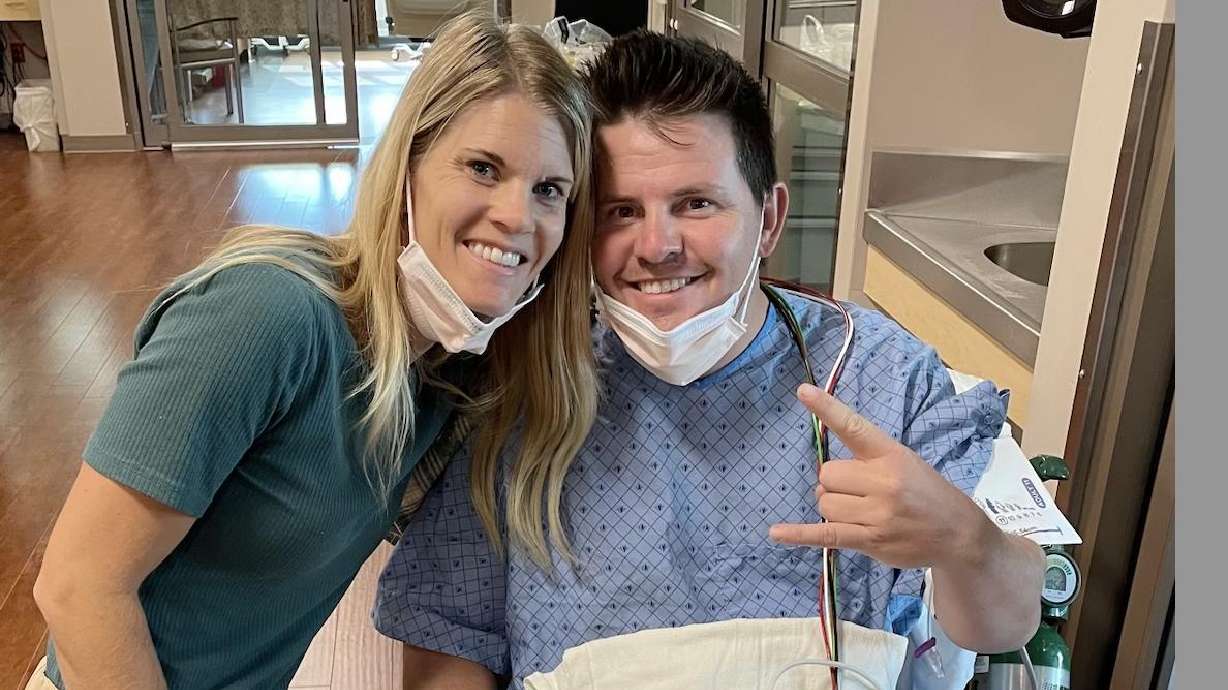ALL NEWS
The mind-boggling logistics of transporting one of the most important vaccines in history
Dec 11, 2020, 6:58 AM | Updated: 6:59 am

The mind-boggling logistics of transporting one of the most important vaccines in history. Credit: Justin Tallis/Pool/Getty Images
(CNN) — Two coronavirus vaccines are in line to be authorized for emergency use in the United States, and a massive transportation network is standing at the ready once they receive government clearance.
The delicate, mind-boggling logistics of distributing the vaccines will be crucial. The challenges of moving millions of doses — over thousands of miles and under strict temperature specifications — are enormous.
Here’s what we know about how vaccines will be physically transported from drug manufacturers to medical facilities around the world.
The first 24 hours
Within 24 hours of an emergency use authorization from the US Food and Drug Administration, manufacturers and shippers are prepared to activate the delivery chain — a complex system of warehouses, trucks, planes, and, ultimately, delivery to the site where shots are administered.
The planning, dry runs, and stockpiling is already underway.
“We’re moving all of the needles, the syringes, the other parts and pieces to include the alcohol wipes and necessary [supplies] in order to administer these vaccines,” said Lt. Gen. Paul Ostrowski, the director of supply, production and distribution for Operation Warp Speed, the US government’s effort to develop a Covid-19 vaccine.
Pfizer is stockpiling an undisclosed number of vaccine doses in Kalamazoo, Michigan.
Once the vaccine is authorized, Pfizer doses will be packed into trucks and much of it sent to airports to be loaded onto planes.
The distribution of Moderna vaccines is set to be handled by the medical supply company McKesson.
“It’s a really quick process, simply putting together the packages on dry ice and shipping them out,” Ostrowski said of the Pfizer vaccine.
Trucks will ferry the vaccines to planes that will deliver them around the country.
Staying cool
There are two ways to keep the vaccines cold in transit: Active cooling containers and passive cooling containers.
Active containers use batteries and a cooling system to keep the contents cold. The containers are charged while they’re on the ground, then the battery system kicks in while they’re in transit. Temperature-sensing devices in the actively cooled containers also have the capability send an alert if the temperature deviates — even slightly, by a quarter of a degree — outside of the approved range.
Passive containers are packed with ice packs or dry ice, depending on how cold it needs to be and how long the trip is. Typically, if the route has more than one stop, these containers will move to cold storage facilities between legs of the trip.
Dry ice can pose its own risk in large quantities. Regulators typically have strict weight limits for dry ice on flights because it releases carbon carbon that “can cause aircrew incapacitation.” But airlines say regulators are easing those restrictions slightly for vaccine distribution.
UPS said it is producing 24,000 pounds of dry ice each day, and is supplying all of the dry ice used by Operation Warp Speed.
“We will ship a box of 40 pounds of dry ice to all Pfizer dosing locations a day after the vaccine arrives,” UPS said.
The delicate process of keeping the vaccines cold continues once the planes land.
Flying the vaccines
Thousands of flights will be needed to carry distribute the vaccines around the world -— some 8,000, according to the International Air Transport Association.
American Airlines says its widebody 787 jetliners can carry about a half-million vaccine doses.
American began in mid-November running test flights between South America and Miami, where it will bring vaccine shipments into the US. It said the test flights “simulate the conditions required for the COVID-19 vaccine to stress test the thermal packaging and operational handling process that will ultimately ensure it remains stable as it moves across the globe.”
The planes used to transport the vaccine will be a mix of cargo jets and passenger planes. In some cases the passenger flights will be cargo-only, but it’s entirely possible that vaccines will be beneath your feet on your next flight.
“The quantities of vaccine or we envisage moving will be enormous, particularly if we get multiple vaccines approved in a short space of time,” said Roger Samways, the vice president of cargo sales at American Airlines. “I think fairly quickly we could reach a situation where actually most of the planes out there, carry vaccines in one shape or form.”
American Airlines has a 25,000 square-foot warehouse in Philadelphia that it uses exclusively for pharmaceutical shipments. The facility is capable of simultaneously charging 50 massive, actively cooled containers, as well as storage bays with four levels of refrigeration ranging from just above freezing to minus-20 degrees Celsius. Each of the refrigerated compartments — large enough to drive several vehicles and pallets into — contain dual cooling systems and a generator in case of power failure.
United Airlines has a major refrigerated storage facility at Dulles airport outside of Washington that handles pharmaceutical and other shipments that need to remain chilled.
While these facilities play a critical role in the chain, the goal is to limit the amount of time shipments spend there.
“Our job is to move things as quickly as possible maintaining the temperature while it’s in our possession,” said Samways.
On the ground
Once the planes land, truckers will be responsible for the vaccines’ final legs. FedEx and UPS will be involved in the ground distribution effort.
UPS said it is overseeing the “a highly coordinated set of movements” from its around-the-clock command center in Louisville, Kentucky, tracking the shipments and remotely monitoring the temperature of each package. UPS says its command center software can anticipate delivery interruptions.
The suitcase-sized containers carrying the Pfizer vaccine that will soon leave the factory will be packed with dry ice produced by UPS.
FedEx says it has more than 90 cold storage facilities worldwide to aid in the keeping the Pfizer vaccine at its required super-cold transport and storage temperature. FedEx says it currently transports roughly a half million shipments containing dry ice each month.
Vaccines “will be delivered directly to the point of vaccination, if specified by the jurisdiction,” according to a briefing transcript from the White House.
The Federal Motor Carrier Safety Administration, which regulates trucking in the US, said it is suspending so-called hours-of-service rules that regulate how long truckers may drive.
The vaccine containers contain GPS tracking so that the location of the package is known at all times. “These are becoming more and more prominent in the industry so customers can tell exactly where a shipment is,” said Samways.
Once the vaccine is in the hands of state and local officials, the next steps in distribution are up to them.
The-CNN-Wire
™ & © 2020 Cable News Network, Inc., a WarnerMedia Company. All rights reserved.
How To Prevent the Spread of COVID-19 Coronavirus
COVID-19 coronaviruses transmitted from person to person. It is a virus that is similar to the common cold and the flu. So, to prevent it from spreading:
- Wash hands frequently and thoroughly, with soap and water, for at least 20 seconds.
- Wear a mask.
- Don’t touch your face.
- Keep children and those with compromised immune systems away from someone who is coughing or sneezing (in this instance, at least six feet)
- If there is an outbreak near you, practice social distancing (stay at home, instead of going to the movies, sports events, or other activities.)
- Get a flu shot.
Local resources
Utah’s Coronavirus Information
The Church of Jesus Christ of Latter-day Saints
Utah Coronavirus Information Line – 1-800-456-7707
National Resources
Centers for Disease Control and Prevention
Commonly asked questions, World Health Organization













